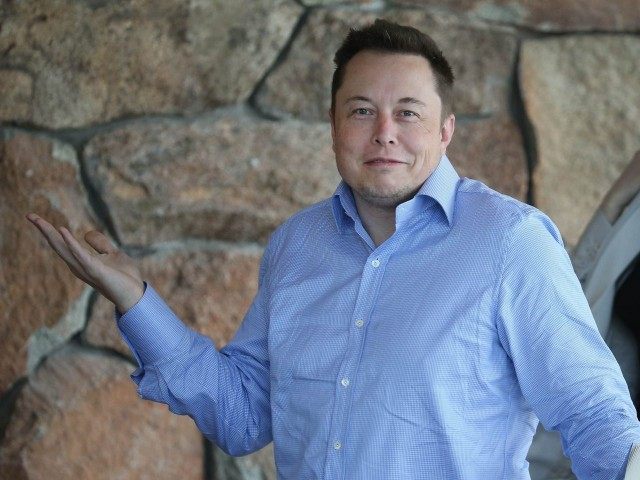Despite Elon Musk’s showmanship during the unveiling of the “Solar Roof” as justification for Tesla shareholders to accept a huge dilution by merging with debt-ridden SolarCity, the hyped product already looks dead-on-arrival.
In June, Tesla (NASDAQ:TSLA) announced it would bid $2.9 billion to buy the highly-indebted solar panel installer SolarCity (NASDAQ:SCTY). With Tesla Chief Executive Officer Elon Musk as the biggest shareholder in both Tesla and SolarCity, both companies have supposedly taken steps to acknowledge conflicts of interests. This is especially a concern, given that Musk’s cousins are SolarCity co-founders and top executives.
Despite cutting SolarCity’s acquisition price by $300 million to appease shareholder opposition, Tesla’s acquisition now is tied-up in four class action lawsuits.
Musk tried to jump-start support for the merger on October 28 when he previewed SolarCity’s new “Solar Roof” shingles. He said that combining sustainable energy production to recharge Tesla Model 3 vehicles with back-up by Tesla’s Powerwall 2 home battery system would by highly complimentary.
Claiming Tesla has better customer satisfaction and brand commitment than Apple, Musk stated that integrating a solar home energy system with electric vehicles is a natural cross-selling opportunity. He suggested that like Apple’s ethosphere, “buying a roof because you like your car” is the new “buying a computer because you like your phone.”
Musk previewed four beautifully textured tile and slate solar shingles that SolarCity achieved by sandwiching a color louver film between a solar cell and a layer of tempered glass. Musk claimed the overall product’s cost will be less than installing a regular roof, because users will not have to pay the electric company for power from “conventional sources.”
But Breitbart News’ sources commented that Solar Roof’s color film will significantly reduce the panel energy output as the trajectory of the sun changes during the day and by the season. Cosmetic textured glass will also lower light absorption and energy efficiency.
An ex-roofer and solar installer told Breitbart News that the Solar Roof design would involve wiring 1,000 to 2,000 tiles together, versus 20 solar panels for most home installations. With labor already the biggest cost in a home solar installation, the roofer expects the wiring cost for square 14-inch shingles will be at least 10 times more expensive than panels.
With no cost, performance, or any other specifications offered during Musk’s presentation, tech and energy merger consultants EnerTuition called Solar Roof “a dog and pony show to sell Tesla’s merger with SolarCity to fans and investors.”
The concept of solar shingles is not a new one. A Google image search generates 416,000 results. None of the companies pitching the often beautifully designed solar shingles have been commercially successful and a number have gone bankrupt.
The biggest effort to develop a commercial solar shingle was by Dow Chemical Company, which claimed its Powerhouse Solar System 2.0 had “completely changed the way the world looks at roofs,” because “instead of merely lying passively on your house, these shingles generate electricity from the sun’s rays to power your life.” But on June 28, 2016, Dow ceased manufacturing the modules.
After a huge 7seven years of investment, Dow shuttered the business, because it replicated the purpose of a rooftop solar installation — but was much less efficient and “hard to sell in the long run.”
SolarCity will likely produce Solar Roof shingles using Panasonic technology at its Buffalo robotic solar module fab works, which was jut completed with a $485 million State of New York loan and is capable of producing 10,000 modules a day.
EnerTuition summed up the product introduction in a post on the Seeking Alpha blog site:
“Solar Roof, if and when it ships, is much like Tesla Model X — looks neat but is expensive, impractical and problematic. Who knows, that may ultimately be the market that Tesla is after. Vanity — where function, or a semblance of it, follows form.”

COMMENTS
Please let us know if you're having issues with commenting.